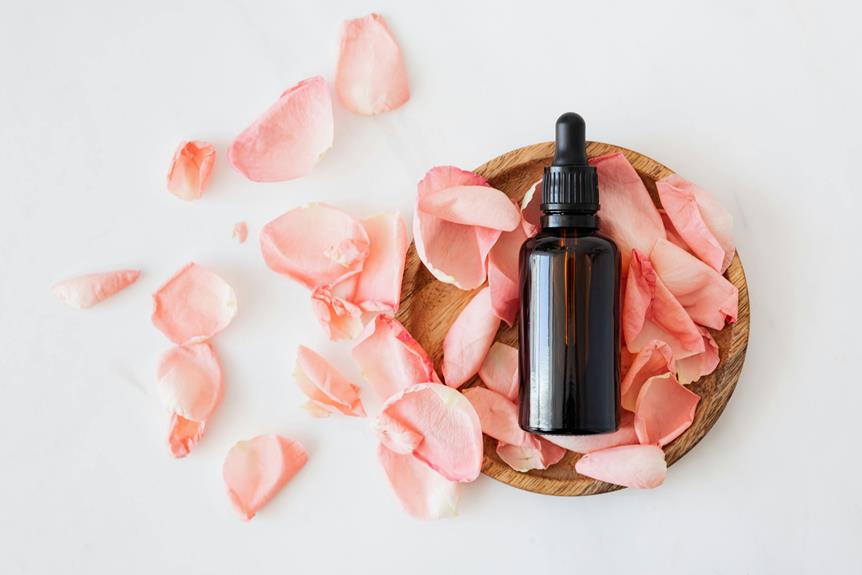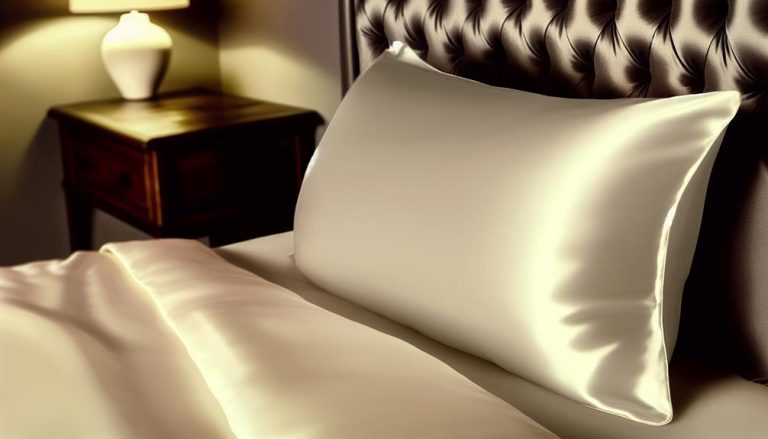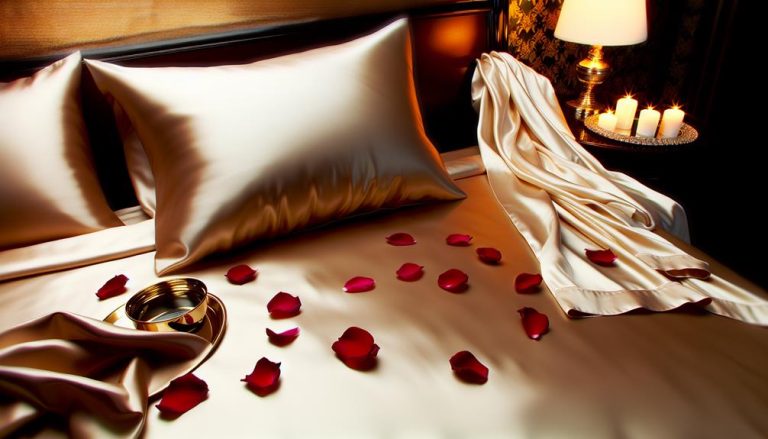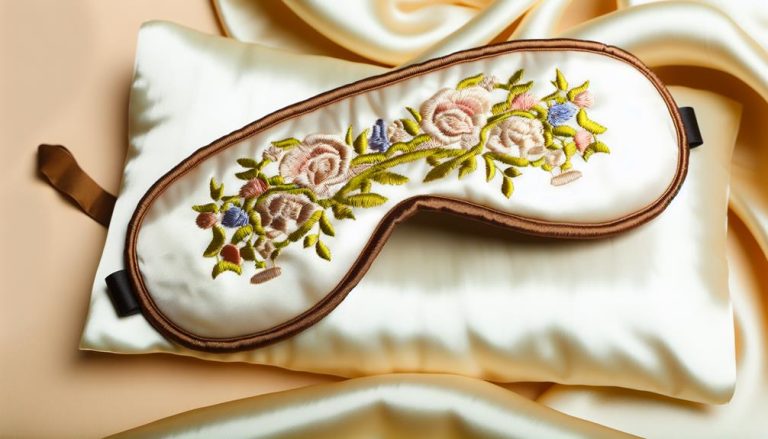Zit Vs Pimple- Are you tired of battling those stubborn spots that seem to pop up on your skin? Well, consider us your skincare soldiers, ready to march into battle against zits and pimples.
Just like two sides of a coin, zits and pimples may appear similar at first glance, but they each have their own unique characteristics and treatment approaches.
In this article, we will unveil the secrets behind these blemishes, exploring their different types, causes, and most importantly, how to effectively cure them.
So, grab your armor and join us on this journey to conquer the elusive zit-pimple duo. Trust us, your skin will thank you.
Types of Zit Vs Pimple
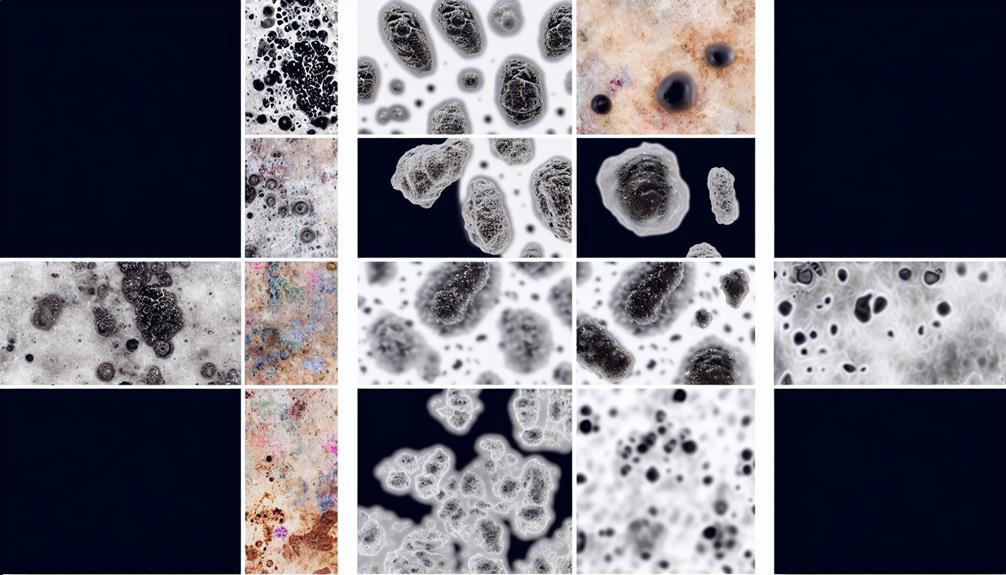
When it comes to zits and pimples, understanding the different types is essential for effective treatment and management. There are various types of zits and pimples, each with its own characteristics and treatment options.
First, we’ve whiteheads, which are filled with white pus and oil from glands.
Then, there are blackheads, which are open pores filled with dead skin cells.
Pustules are another type of zit, characterized by inflamed follicles containing pus.
And finally, we’ve papules, which are swollen, inflamed pimples without pus.
It’s important to note that different types of zits may require unique treatment plans. Fortunately, there are treatment options available for all types of zits and pimples, so you can find the right solution for your skin.
Common Causes of Acne
Acne, a common skin condition, can be caused by a variety of factors including clogged pores due to dead skin cells, bacteria, and oil. It’s not just about poor hygiene or eating greasy foods. Hormonal imbalances, genetics, and even stress can contribute to those pesky zits and pimples. External factors like oil and bacteria from clothing can also play a role in acne formation.
Identifying the underlying cause is crucial for effective treatment. But fear not, there are options to combat acne. Medications like salicylic acid and tetracycline can help with pus-filled zits. Regular skincare routine with gentle scrubbing can cleanse the pores. And remember, avoid touching your face and pimples to prevent worsening.
Treatment Options for Acne Lesions
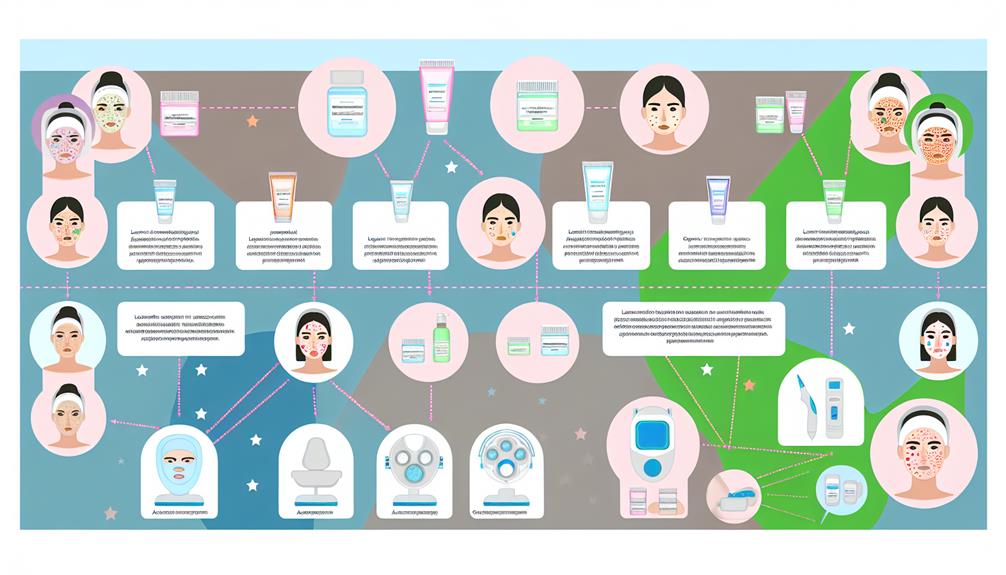
Treatment options for acne lesions include a variety of medications, skincare routines, and preventive measures to help combat those pesky zits and pimples.
Medications like salicylic acid and tetracycline can be effective in treating pus-filled zits. These medications work by reducing inflammation and killing bacteria on the skin.
Along with medication, establishing a regular skincare routine is crucial. Gently cleansing the face with mild cleansers and exfoliating regularly can help unclog pores and prevent future breakouts. It’s important to avoid touching the face and pimples, as this can worsen the condition.
Over-the-counter remedies, such as benzoyl peroxide, can also aid in treatment. Additionally, using oil-free moisturizers and avoiding pore-clogging products can help prevent the formation of zits and pimples.
Addressing Sebaceous Gland Issues
Continuing our exploration of acne treatment options, let’s now shift our focus to addressing the underlying sebaceous gland issues that contribute to the formation of zits and pimples.
When it comes to sebaceous gland issues, there are several key factors to consider:
- Excess Sebum Production: Overactive sebaceous glands produce too much oil, which can clog pores and lead to acne breakouts.
- Hormonal Imbalances: Fluctuations in hormone levels can stimulate sebaceous glands to produce more oil, exacerbating acne.
- Inflammation: Inflammatory responses within the sebaceous glands can contribute to the formation of painful, red pimples.
- Bacterial Overgrowth: Bacteria, particularly Propionibacterium acnes, can thrive in the sebaceous glands and contribute to acne development.
Addressing sebaceous gland issues involves a multi-faceted approach that includes proper skincare, managing hormone levels, and reducing inflammation.
Benefits of Ubersilk Silk Pillowcases for Acne-Prone Skin
Ubersilk Silk Pillowcases offer a range of benefits for individuals with acne-prone skin. These pillowcases are hypoallergenic, making them suitable for those with sensitive skin. They have the ability to repel particles like dust and dead skin cells, which helps reduce pore-clogging and prevent breakouts. Regular cleaning and hygiene is made easy as the pillowcases are machine washable. Not only do these pillowcases provide comfort during sleep, but they are also designed to be hair-friendly, reducing frizz and damage. Dermatologists recommend Ubersilk Silk Pillowcases for acne-prone skin, as they can help maintain a clean and healthy environment for the skin. By incorporating these pillowcases into your skincare routine, you can take a proactive step in preventing acne and promoting clearer, smoother skin.
| Benefits of Ubersilk Silk Pillowcases for Acne-Prone Skin |
|---|
| Hypoallergenic, preventing breakouts |
| Repels dust and dead skin cells, reducing pore-clogging |
| Machine washable for regular cleaning and hygiene |
| Designed for better hair and skin comfort during sleep |
| Recommended by dermatologists for acne-prone skin |
Additional Tips for Preventing and Treating Zits and Pimples
To effectively prevent and treat zits and pimples, it’s important to incorporate a comprehensive skincare routine that addresses the underlying causes and promotes clear, healthy skin. Here are some additional tips to help you on your journey to liberation from acne:
- Keep your face clean: Wash your face twice a day with a gentle cleanser to remove dirt, oil, and dead skin cells that can clog your pores.
- Avoid touching your face: Touching your face can transfer bacteria and oil from your hands to your skin, potentially exacerbating breakouts.
- Moisturize properly: Use oil-free moisturizers to keep your skin hydrated without clogging your pores.
- Protect your skin: Wear sunscreen with at least SPF 30 to shield your skin from harmful UV rays, which can worsen acne scars and discoloration.
Frequently Asked Questions
Are Zits and Pimples the Same Thing?
Yes, zits and pimples are the same thing. They’re both common types of acne that occur when pores become clogged with dead skin cells, bacteria, and oil.
Zits can appear in different forms, such as whiteheads, blackheads, pustules, and papules.
Treatment options are available for all types of zits and pimples, including medications, skincare routines, and lifestyle changes.
It’s essential to identify the underlying cause of acne for effective treatment.
Can Hormonal Imbalances and Genetics Contribute to Acne?
Yes, hormonal imbalances and genetics can contribute to acne.
Hormonal fluctuations, such as during puberty or menstrual cycles, can increase oil production and lead to clogged pores.
Additionally, if your parents or close relatives have a history of acne, you may be more likely to develop it as well.
Understanding these underlying causes is crucial for finding effective treatment options and managing acne breakouts.
How Can Stress and Hormonal Changes Worsen Acne Symptoms?
Stress and hormonal changes can worsen acne symptoms by increasing oil production and inflammation in the skin. When we’re stressed, our bodies release more cortisol, which can stimulate the sebaceous glands to produce more oil.
Additionally, hormonal fluctuations, especially during puberty or the menstrual cycle, can cause an increase in androgen levels, leading to more oil production and clogged pores.
These factors can exacerbate acne symptoms and make breakouts more frequent and severe.
What Are Some Other Conditions That Can Be Mistaken for Acne?
There are several conditions that can be mistaken for acne.
One common condition is rosacea, which causes redness and small bumps on the face.
Another is folliculitis, an infection of the hair follicles that can resemble acne.
Additionally, certain types of rashes, such as contact dermatitis or eczema, can be confused with acne.
It’s important to consult a doctor for an accurate diagnosis, as treatment options can vary depending on the underlying condition.
Are Ubersilk Silk Pillowcases Only Recommended for Acne-Prone Skin?
Ubersilk Silk Pillowcases aren’t only recommended for acne-prone skin. They’re designed to benefit all skin types. These hypoallergenic pillowcases repel dust and dead skin cells, reducing pore-clogging for clearer skin. They’re machine washable for easy cleaning and promote better hair and skin comfort during sleep.
Dermatologists highly recommend Ubersilk Silk Pillowcases for their ability to prevent breakouts and improve overall skin health. So, whether you have acne-prone skin or not, Ubersilk Silk Pillowcases can be a great addition to your skincare routine.
Conclusion
In conclusion, understanding the difference between zits and pimples is crucial in effectively treating them. Whether it’s whiteheads, blackheads, or other types of acne lesions, each requires a unique approach.
Addressing hormonal imbalances, genetics, diet, and external factors like oil and bacteria are important steps in preventing breakouts.
Additionally, incorporating Ubersilk Silk Pillowcases into your skincare routine can provide benefits for acne-prone skin.
With the right treatment options and preventive measures, you can say goodbye to blemishes and hello to clear, healthy skin.

